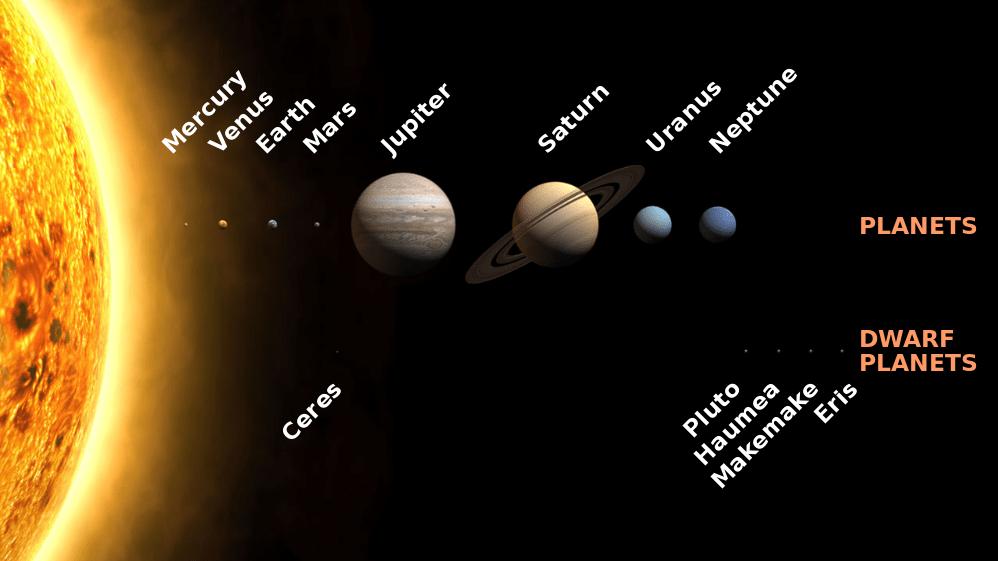No Pluto, you’re still excluded from the list
Our solar system is still full of surprises and in a recent paper published in the journal Annual Review of Astronomy and Astrophysics it seems like we might be back to the 9 planet count but this time, it’s another Mars-sized planet that has been discovered.
According to modern astronomy, there are three types of planets in the solar system; the Earth is part of the 4 rocky inner planets group that orbit the sun within the main asteroid belt that separates Mars and Jupiter. The second group consists of the realm of gas giants Jupiter, Saturn, Uranus and Neptune. The third region that is often overlooked consists of the dwarf planets like Pluto, Sedna, Eris and other comets.

The new study examines data from this “third zone” and suggests there might be a planet equal to the size of Mars beyond Neptune which means astronomers might need to rethink their decision about categorizing it as a dwarf planet. “It seems unlikely that nature created four giant planet cores, but then nothing else larger than dwarf planets in the outer solar system,” said Kathryn Volk from the University of Arizona and Brett Gladman, of the University of British Columbia, in the study.

To understand how our solar system came into being, researchers have taken help from multiple computer simulations to see if any special conditions or events involved in the solar system we know today. As it turns out, most of these models are closely based on our real solar system with an addition of an extra planet in a rather unusual spot. This leads to theories that perhaps the outer solar system used to house another rocky planet, similar in size to Earth or Mars but over time it somehow moved out of that place into an unknown region. “I agree that it is likely that a Mars planet was there initially,” said Planetary Scientist David Nesvorny of the Southwest Research Institute, in an Inverse report. “[B]ut the question is whether it has survived and if we have any evidence for it.“


